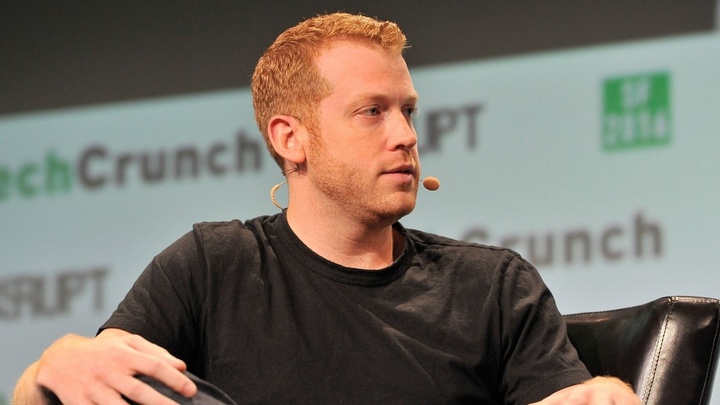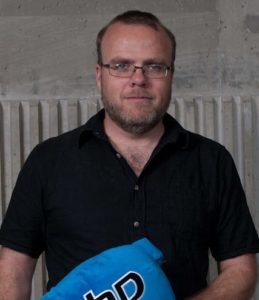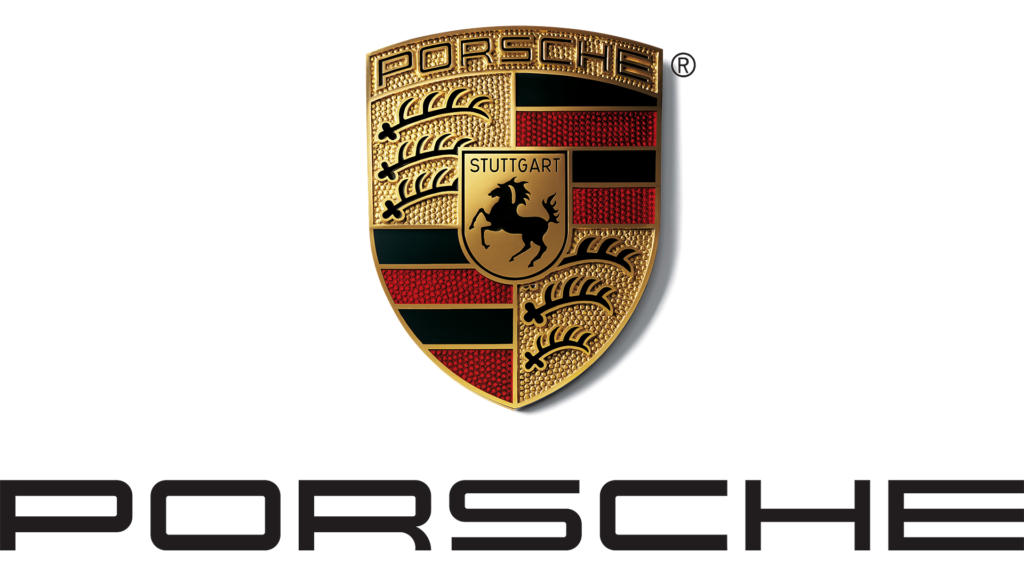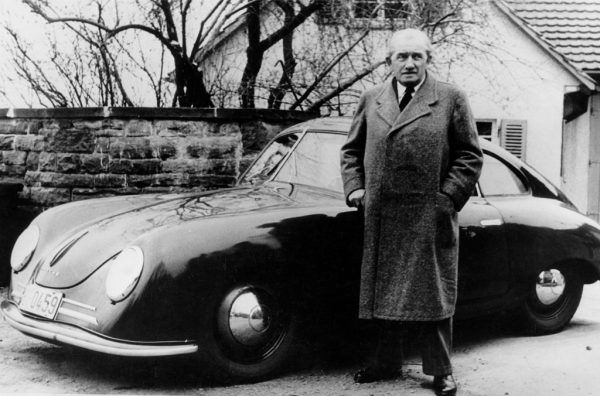From Zero to Billionaire: The Inspiring Journey of Piotr Szulczewski
Piotr Szulczewski, a Polish entrepreneur and computer engineer, founded Wish.com, a mobile-first e-commerce site that specializes in low-cost goods. According to Forbes, he is Canada’s youngest billionaire.
About Wish.com
American online marketplace Wish facilitates trade between buyers and vendors. Instead of just using a search bar format, the platform visually customizes the shopping experience for each customer.
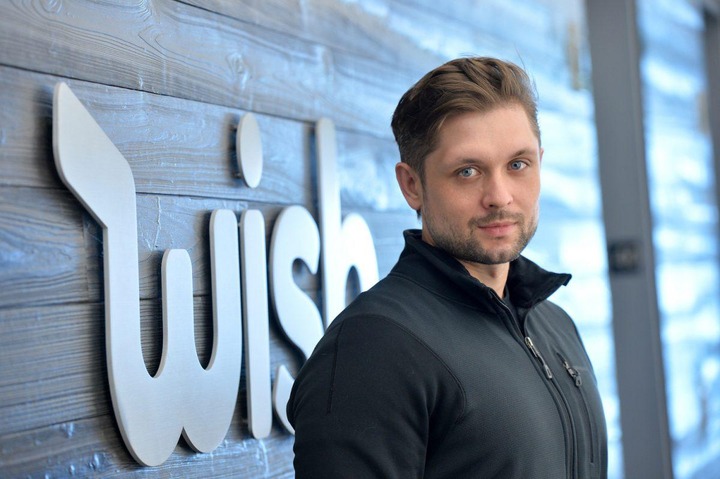
It enables vendors to post their goods on Wish and conduct direct business with customers. Wish does not stock the goods themselves or handle returns; instead, it collaborates with payment service companies to handle payments.
Also Read: Inventive Journey of James Dyson: From Failure to Success
Early Life
Piotr Szulczewski moved to Palo Alto, California, just before earning his degree from the University of Waterloo at the age of 23. He then started a four-month internship in coding for Google. He later started working for Google full-time, where he created the initial algorithms for the keyword expansion feature, which facilitates finding items from advertisers.
Piotr Szulczewski moved to South Korea in June 2007 to work in the brand-new Google headquarters. In 2009, he was able to quit Google with enough savings, and he then spent six months living at home writing the code for a platform that recommended ads based on an individual’s browsing history and predicted interests.
ContextLogic, a software business he founded with Yelp CEO Jeremy Stoppelman, obtained $1.7 million in funding in 2010 as a result of his efforts.
Success Story
Danny Zhang, who was working at Yellowpages.com at the time, accepted Szulczewski’s invitation to join the new firm as a co-founder, and the two rebranded it as Wishwall. me in 2011.
ContextLogic was offered $20 million by Facebook after they heard about the new technology, but Szulczewski turned it down. According to Szulczewski, his main objective with Wish.com is to build “the largest, most convenient, and most affordable shopping mall in the world” and to cater to low-income households.
Also Read: Alexandr Wang: From MIT Dropout to youngest billionaire
Over 5 million people visited Wish.com every day in 2016. Szulczewski was ranked as the 21st richest entrepreneur under 40 in America in 2016 and as the 1605th richest person in the world according to Forbes in 2019.A
According to a 2019 list, he was the 5th richest Polish billionaire, the 34th richest Canadian, and the youngest billionaire in the country. He avoids the limelight and gives interviews infrequently despite his success. In 2017, the Polish media conducted an interview with him for the first time. Szulczewski made plans to leave his position as CEO in 2021.

I am a law graduate from NLU Lucknow. I have a flair for creative writing and hence in my free time work as a freelance content writer.
